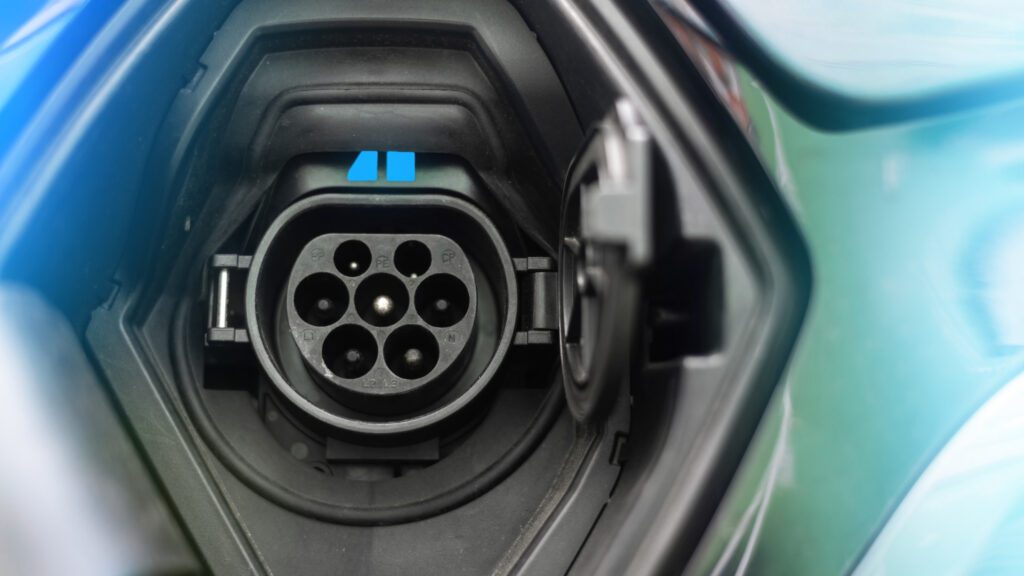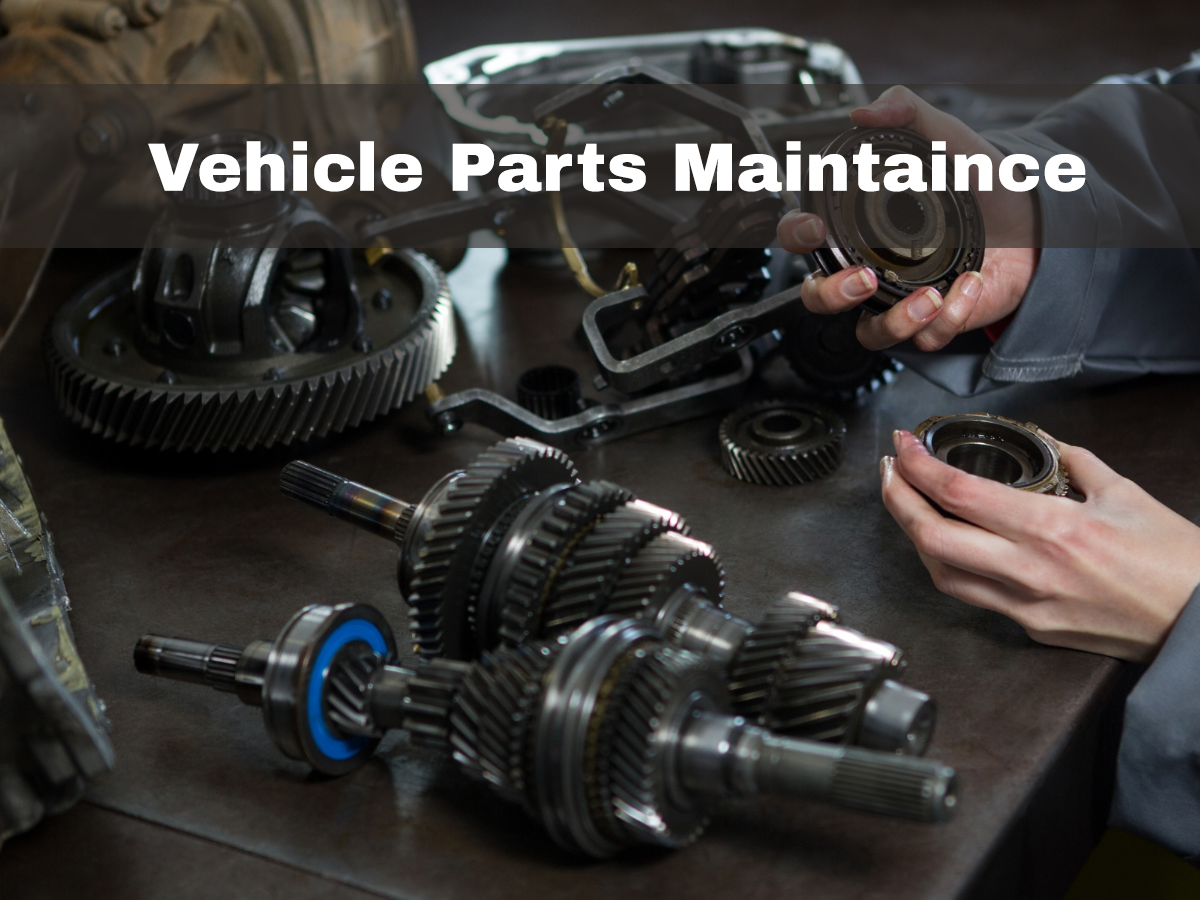Keeping electric vehicle motor longevity is essential for assuring peak performance and gradually lowering operating expenses. The lifespan of these motors can be considerably increased by routine maintenance procedures. Maintaining the motor’s cleanliness and keeping it free of debris, dust, and moisture is a crucial step. Regular cleaning reduces the risk of electrical shorts and overheating, both of which can result in early motor failure. Heat dissipation is also improved by inspecting the motor’s cooling system, including fans or vents, and making sure they aren’t blocked.
To find any indications of corrosion, loose connections, or frayed wires, it is crucial to perform routine checks of the motor’s electrical connections and wiring. These problems can be avoided and potential motor breakdowns can be avoided by promptly fixing them. Friction and wear are reduced by lubricating the motor’s moving components, like the bearings and shafts, with the lubricants the manufacturer recommends. However, it’s crucial to avoid over-lubricating, as this can draw dirt and debris and exacerbate problems.

Maintaince of electric vehicle motor longevity
Regular testing can be used to monitor the motor’s functioning and identify problems early. Keep a look out for odd sensations, noises, or changes in power delivery as these may point to deeper issues. If these problems are found, they should be immediately fixed by a qualified technician with experience in electric motor repairs.
These routine maintenance procedures maintain the electric vehicle motor longevity while also enhancing the electric rickshaw’s overall dependability and efficiency, which is advantageous to both the driver and the passengers.
Some points for vehicle motor maintenance longevity:

Continual Cleaning
Keep the motor and its surroundings free of moisture, dust, and debris.
prevents accumulation-related overheating and electrical problems.
Check the cooling system:
Check for obstructions in the vents and cooling fans.
Make sure that the heat is properly dissipated to avoid motor overheating.
Inspection of electrical connections:
Check the wiring and electrical connections frequently.
Repair any rust, broken connections, or frayed wires as soon as possible.
Lubrication:
Ensure that the motor’s moving components, such as the shafts and bearings, are properly lubricated.
lessens wear, reduces friction, and ensures smooth operation.
Do not over-lubricate:
To avoid drawing dirt and debris, use the proper amount of lubrication.
Extra lubrication may cause more problems.



